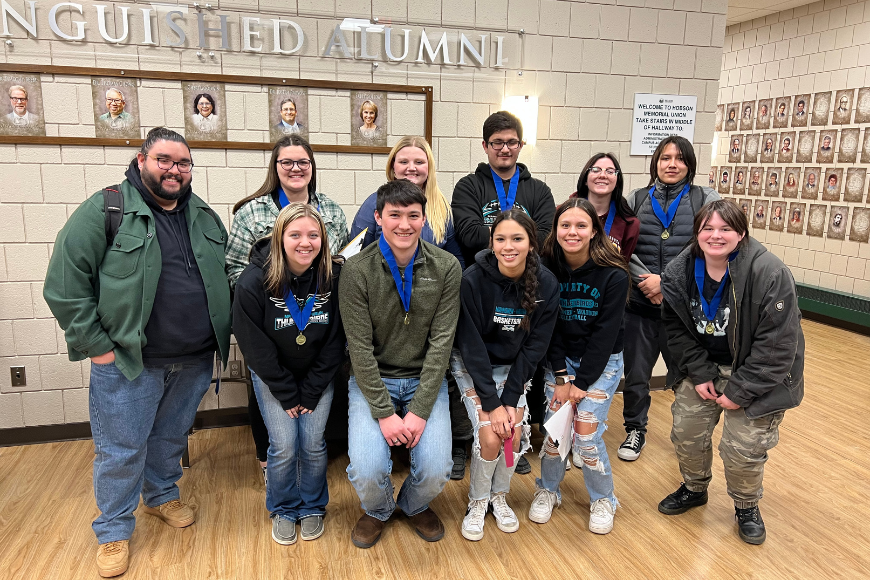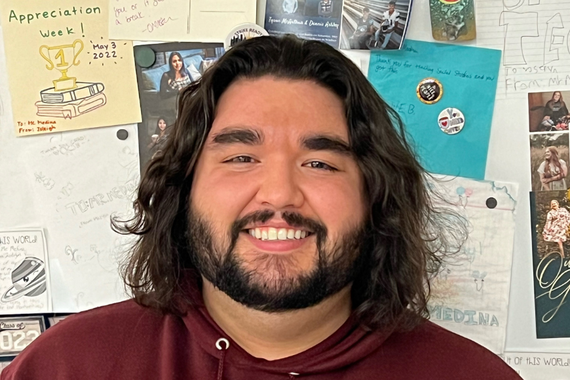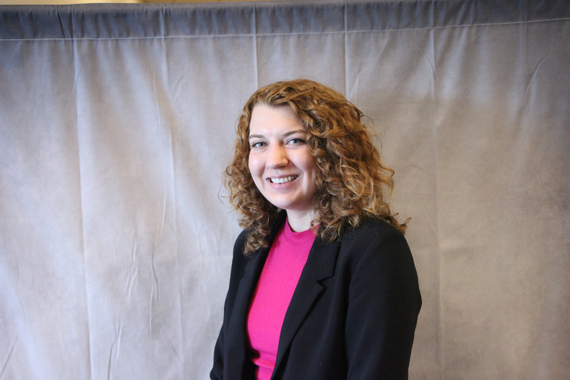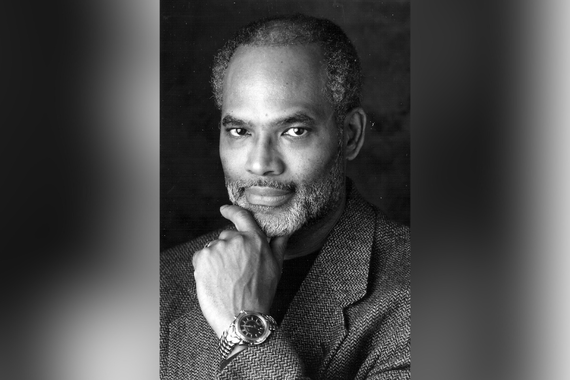Stewarding History
As a middle and high-school student, Maddie Love (BA ‘19, political science) participated in History Day every single year that she was eligible. And she can tell you about every single project she worked on from sixth through twelfth grade.
“All of my topics focused on social and political movements,” she shares. “From the Americans with Disabilities Act to the Church Committee, I really loved the process and its emphasis on being student-led.”

Later, Love would transfer to the University of Minnesota and continue her involvement with History Day in a new capacity: serving as an undergraduate mentor for the next generation of participants.
Similarly, as a teacher in the Waubun-Ogema-White Earth Schools district, fellow former History Day mentor Alex Medina (BA ‘18, history) has observed the excitement, and sometimes incredulity, from his students when they learn about History Day.
“Once they hear that they get to pick what they’re learning about, they think it’s a joke at first,” he says. “I’ve had a student ask, I can do Tupac? Another did Jordan sneakers because he was a big sneakerhead. That’s something that’s always delighted me; seeing them get really into a topic that they’re passionate about.”
A co-curricular curiosity
This student-driven curiosity has been an integral part of Minnesota History Day, a part of the nationwide National History Day program, that inspires students to dig deeply into the past while strengthening their skills in conducting research, problem-solving, and critical thinking.
“Each state has a sponsoring organization for their program, and the Minnesota Historical Society (MNHS) has been home to our program for the last 35 years,” shares Sarah Aschbrenner, Co-Coordinator, National History Day in Minnesota. “The ongoing support of MNHS, donors, and our partners has allowed us to build a strong support system for participating teachers and students through curricular resources, teacher professional development, library research events, and the one-on-one support of classroom mentors.”
The results? Inspired and engaged students finding new meaning in and connections to historical content.
But the experience also has a lasting impact on the University’s undergraduate mentors like Love and Medina. Since 2003, the Minnesota Historical Society has worked with the University to support History Day teachers and middle and high school students through campus engagement programs and in-school mentoring.
“The History Day Mentor Program is an excellent example of synergy in education and community engagement,” shares professor and history department chair Sarah Chambers. “As students in under-resourced middle and high schools interact with students from the University of Minnesota, some begin to imagine higher education as a possibility for themselves. The mentors gain real-world experience in teaching that for many, like Medina, leads to a life-long career."
This year, there are 35 undergraduate mentors from the University of Minnesota:
- Working in 53 schools
- Contributing up to 100 hours of mentorship
- Earning a $1500 stipend thanks to donor support
- Representing 13 different majors including history, psychology, BIS, political science, developmental psychology, journalism, global studies, Asian and Middle Eastern Studies, technical writing, English, creative writing, urban studies, and studies in cinema & media culture
Falling in love with education
For Medina, the mentoring experience would ultimately shape his decision to become a teacher. He had always loved history, recalling fond memories of watching history documentaries with his grandpa. He figured he’d earn his degree and then figure out what he wanted to do with it.
“We had someone come into one of my very first history classes and talk about the History Day program,” he shares. “They let us know that this is an internship that you get paid for, it looks great on graduate applications, and you get college credit for it. That sounded really cool to me.”
Medina was placed at Marcy Open Middle School in Minneapolis, and while he initially felt out of place among his 11- and 12-year old students, eventually he found his stride. And a newfound passion.

“One thing that was a little bit of a challenge was finding sources and information for middle school students but over time, I learned a lot, too, identifying different resources and materials and databases for that audience. I also remember certain students who struggled, but once it clicked for them, seeing that kind of ‘a-ha moment,’ those were the moments that really made me fall in love with education.”
Medina finished his bachelor’s degree in history in 2018 and then earned his master’s and licensure in social studies education the following year.
His journey has been a full-circle one—he currently teaches 10th and 11th grade US History and World History at the high school he attended in Waubun, Minnesota, championing his own students to participate in History Day.
The biggest wins
Love didn’t begin her journey at the University, but her time as a former participant and her familiarity with the History Day staff landed her a mentor role anyway. Sammi Jo Papas, co-coordinator of National History Day in Minnesota, assigned Love to a school in the Lewistown-Altura School District during one of her semester breaks—an experience that would introduce challenges and spark creative solutions.
“It was such a rural area, a lot of the kids didn’t have the internet at home, or they had coverage but it was really slow,” Love says. “We had to get really creative about how they found resources. They also didn’t have a huge library at the school so we would print things off at school for them to read at home.”
Love also served as a mentor at the North Education Center in New Hope, Minnesota with a diverse range of students, many of whom had been expelled from previous schools or were involved in the juvenile criminal legal system. Again, Love recalls her challenges and successes as an undergraduate mentor.
“Sometimes I’d be met with, ‘Who are you? Why should we talk to you?’ But I showed up, three days a week, every single week, and worked to make relationships with students. There were a couple who I could just see, this was the first time they got to research something that was important to them, or it was the first time an adult could give them that one-on-one support that they needed.”
One of Love’s Indigenous students did a project on Wounded Knee that included beautiful beadwork she’d brought in from home. Another student was unable to finish his project, but Love found a way to connect with him by finding articles on his topic in Spanish, his native language, and reading them together.
These connections represented some of her biggest wins. “It’s easy to get caught up in awards, but my measure of success was: do they get to feel some level of ownership and excitement over their education? Does the project feel personal and relevant to them? If the experience grows their confidence and demonstrates they can do hard things, that’s a big win."
What advice do you have for History Day mentors?

Get to know the kids! It makes a world of difference to have some commonalities with the students you’re working with. A lot of times we worry and focus on the final products that students create vs. the relationships we build with students and the academic journey they’ve taken to get to that point. You have to meet them where they are at and help them on their journey.

Focus on the process more than the outcome of the project. That’s where those wins come–from learning how to use a library or finding a topic they can get really excited about. Medals are nice but the best part is when students feel ownership and excitement about their work.
Support the next generation of History Day mentors
“This mentorship program is central to the history department's mission and the University’s mission. It’s an example of outreach–our students are going into under-served schools and we’re bringing the community’s students into our libraries. That’s the impact of philanthropy. It’s talking to young people in the community about history and history research. But even more than that, it’s exposing them to what university life is like.” – Interim Dean Ann Waltner


